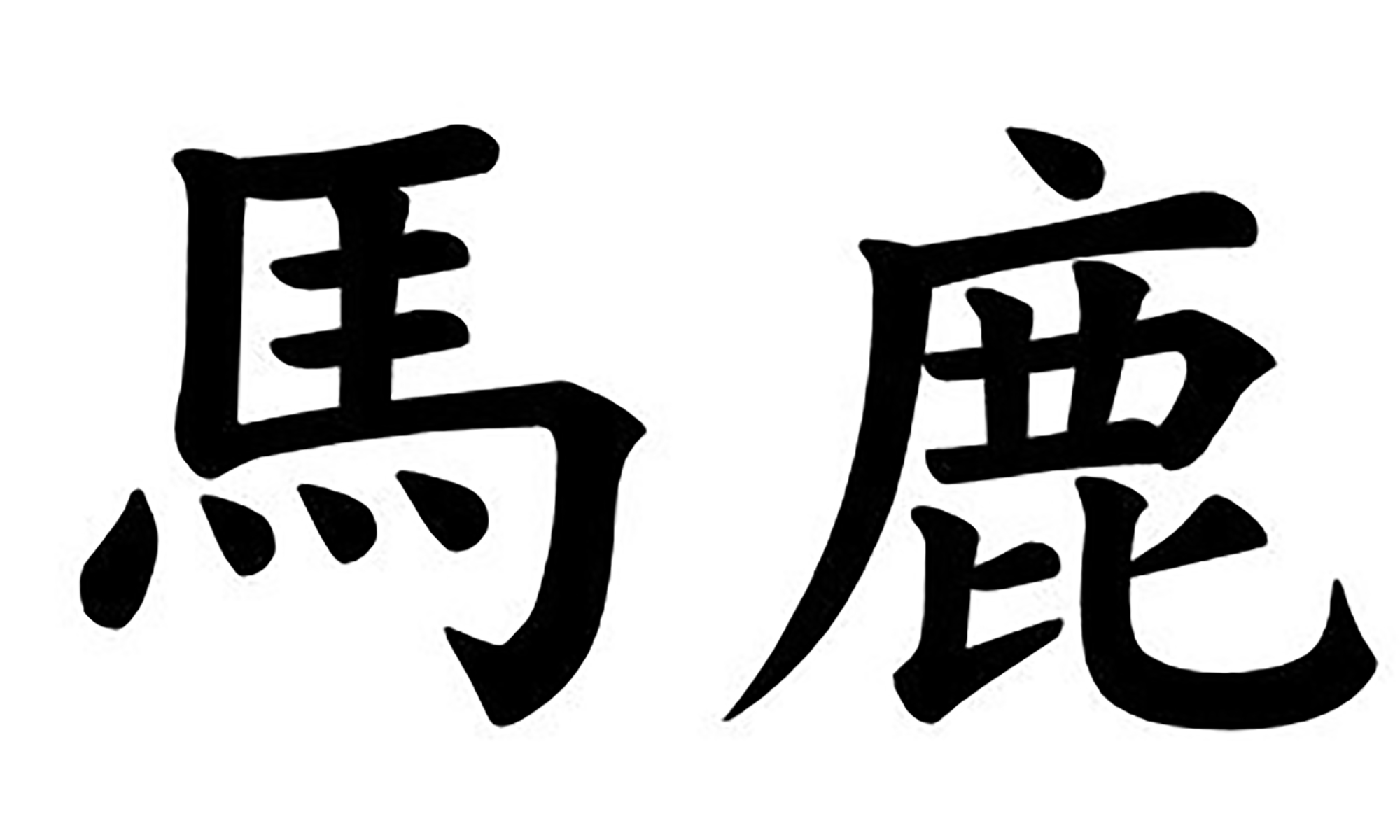Daylight Saving Wastes Energy, Study Says
[. . .]
Indiana’s change of heart gave University of California-Santa Barbara economics professor Matthew Kotchen and Ph.D. student Laura Grant a unique way to see how the time shift affects energy use. Using more than seven million monthly meter readings from Duke Energy Corp., covering nearly all the households in southern Indiana for three years, they were able to compare energy consumption before and after counties began observing daylight-saving time. Readings from counties that had already adopted daylight-saving time provided a control group that helped them to adjust for changes in weather from one year to the next.
Their finding: Having the entire state switch to daylight-saving time each year, rather than stay on standard time, costs Indiana households an additional $8.6 million in electricity bills. They conclude that the reduced cost of lighting in afternoons during daylight-saving time is more than offset by the higher air-conditioning costs on hot afternoons and increased heating costs on cool mornings.
“I’ve never had a paper with such a clear and unambiguous finding as this,” says Mr. Kotchen, who presented the paper at a National Bureau of Economic Research conference this month.
No comment. Just…no comment.
Oh, and:
Speaking before the House of Representatives in 2002, Indiana Rep. Julia Carson said that under daylight-saving time, Indiana families would save “over $7 million annually in electricity rates alone.”
Wrong again, Julia.
In Indiana, the debate goes on. “The simpler the issue, the more people have opinions about it,” says Indiana State Rep. Scott Reske, who voted against the switch to daylight-saving time. In the aftermath of the time shift, “a lot of people who hated it now love it, and a lot of people who loved it now hate it,” he says.
How about those of us who hated it then and now hate it even more?
A separate debate over whether the state should be on Central or Eastern Time rages on.
Youbetcha. Central, baby. Central.
Via.
Also read Miller’s article.
